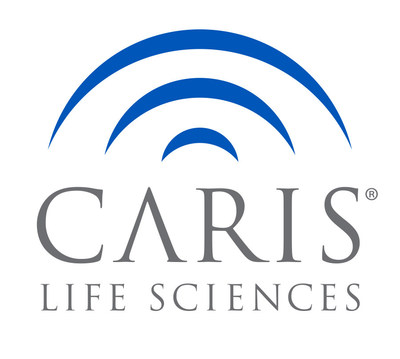Underdeck wait grows by 2 years
Advertisement

Stakeholders of the Underdeck – a 33-acre signature green area under the redeveloped I-395 that would extend from Overtown to Biscayne Bay, near the Perez Art Museum Miami – are conducting surveys and holding meetings to weigh a new name, which would be submitted to the City of Miami and the Florida Department of Transportation (FDOT) for consideration.
The city is currently conducting surveys and public workshops to get input for a possible new name, said a spokesperson from the FDOT.
“No final decisions have been made,” said Lisa Martinez, CEO of LM Genuine Solutions and Underdeck project advocacy manager, regarding the naming. “We want to make sure that we’re as comprehensive as possible.”
Branding and design agency Jacober Creative is working with the Underdeck Advisory Committee to compile concepts for consideration, which would be shared with the committee in Sept. 7 and 8 meetings.
The Underdeck is a 33-acre public open space under the elevated renovation of I-395, with 15 acres of urban gardens, 12 acres of pathways and plazas, about 1,250 trees, three playgrounds, a splash pad, an amphitheater, a signature pedestrian bridge, a multi-use court, a dog play area, two parking lots, food and beverage sites and an interactive water fountain.
Four key entities are part of the work: the Florida Department of Transportation, which funds the project; the awarded joint venture, which will build the signature bridge and the Underdeck in negotiation with FDOT; the City of Miami, which entered into a memorandum of understanding with FDOT to build and be the long-term manager of the project; and the Underdeck Advisory Committee, which is made up of community representatives and stakeholders.
Last December the city submitted a concept plan to FDOT with renderings of the future project, with a memorandum of understanding to work in partnership with the advisory committee for its vision and development. The committee works for the engagement component, recommending a fund development strategy for any capital needs and the future operating and maintenance fees.
The committee’s current work consists of “community outreach to gather insights from Overtown, from downtown residents, landowners and small business owners, and trying to make sure that we come up with some final recommendations to move forward to the city commission this year,” said Ms. Martinez.
The consensus plan wrapped up in the summer, she added. “There were some delays linked to the bridge, which dominoed to delays on the public space.” The I-395 bridge was to be done in 2024 and it is now expected to be in 2026. The Underdeck project would mirror that delay.
A main difference of how the original proposal’s design changed in the consensus plan in 2022, as submitted by the Archer-Western-de Moya Joint Venture’s original design-build in 2016, is the reduction of hardscape. The original plan had 70% hardscape and 30% softscape; the current consensus plan has 35% hardscape and 55% softscape.
The new city plan would also have a Miami Heritage Trail concept space, a signature pedestrian bridge overlooking the Underdeck, center activation efforts that would eliminate nearby embankments to improve safety, connectivity and opportunities for programming and other opportunities for revenue generation, such as event lawns, plazas, cafés, concessions, active recreation and rental opportunities.
At a July meeting of the Underdeck advisory committee, Ms. Martinez explained it could cost from $4.8 million to $6 million to operate the project internally within the city administration, and from $3.7 million to $4.9 million to contract with an outside operator.
At the August 25 meeting, the committee will have the status update on the final cost of construction, the resources and potential funding strategies, said Ms. Martinez. “Over the next couple of months, we’ll start developing a funding strategy to be able to get the resources needed.”
Some of the funds secured for the Underdeck so far include a $200,000 grant from the John S. and James L. Knight Foundation. The Downtown Authority voted in December 2018 to commit $50,000 to the design; the Miami Parking Authority also committed $50,000; the Omni Community Redevelopment Agency agreed to contribute $150,000; and the Southeast Overtown and Park West Community Redevelopment Agency pledged another $150,000, Miami Today reported last September. These amounts have not been confirmed yet by FDOT.
In December, FDOT estimated $22 million to construct an enhanced pedestrian bridge and remove embankments around the I-395.
“We want more involvement than what we already have,” said Rebecca Mandelman, chair of the Underdeck advisory committee. “This is a community effort and anyone who would like to get involved can. Miami deserves an exceptional public space, and this can be it.”


